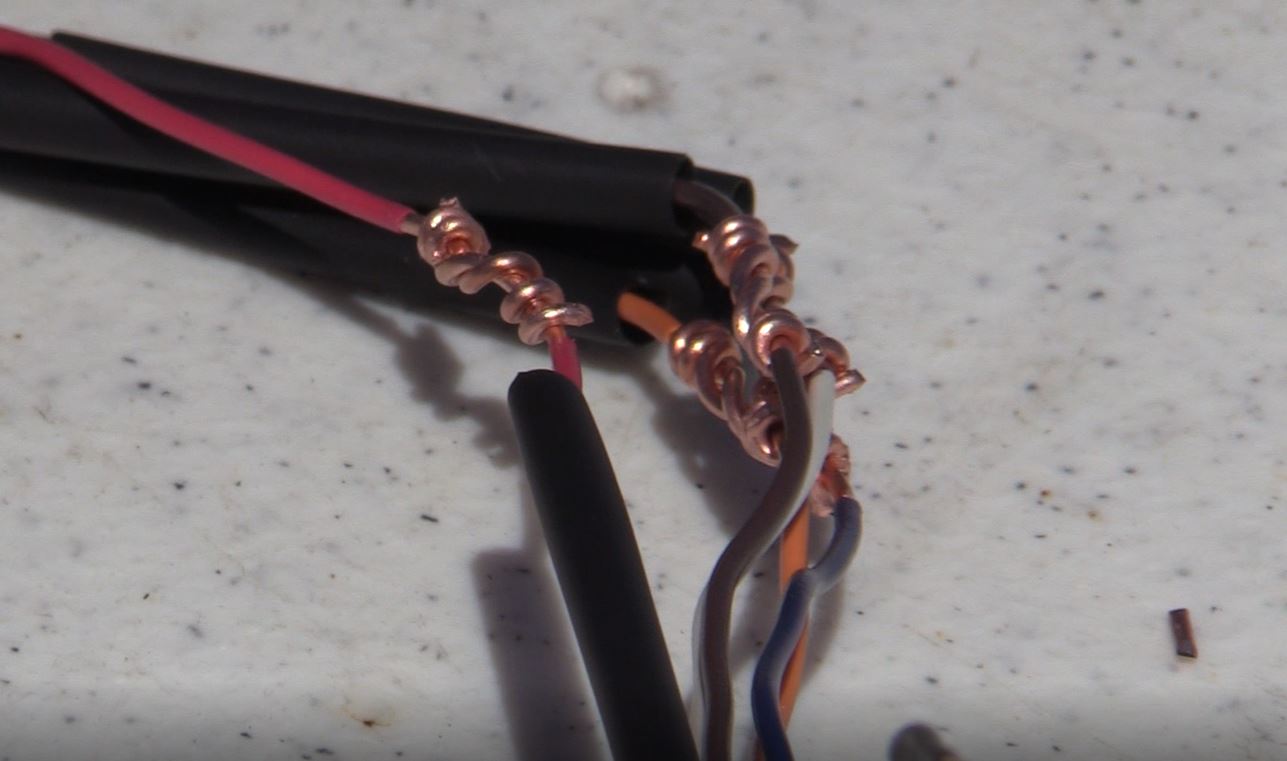Get Tech Tips
Subscribe to free tech tips.
Splicing Wires – Bad, Good, Better, Best

There are many acceptable methods for making a wire splice, and you need to consider many different factors when making a splice. Here are a few considerations.
- High Voltage vs. Low Voltage – If the connection is 24V or less, it USUALLY has fewer NEC (National Electrical Code) rules and regulations concerning how the connections are made. In some cases, you are safe making an inline splice without a box. When making an inline splice on high voltage conductors, you MUST use a properly UL-rated splice or a box.
- Dry vs. Damp Conditions – If the connection may ever be exposed to moisture, you need to think about shorting and corrosion. Your splice should keep water away from the conductors themselves if there is any chance of contact with moisture.
- Concealed vs. Accessible – If you plan to bury the splice in the ground or put it in a wall, it needs to be RATED for that purpose. You also need to be darn sure that the splice will last as long as the conductor itself.
- Quality of Connection – Every connection needs to be good, but it needs to be PERFECT in cases like communication or AV wires. Think of that new high-efficiency, super fancy communicating HVAC system you are installing. Those communication connections need to be good.
- Tension the Connection is (or may be) Under – In other words, is the wire stretched, or is there a chance it might be stretched or pulled later? For example, if a splice is going to be pulled inside a conduit, there is a good chance it will be pulled out someday. If the next guy tries to pull it out and it comes apart, your name will be cursed.
- Aesthetics – If the splice looks like a hunk of junk, it will be assumed it is a hunk of junk by everyone who sees it. Neat workmanship matters.
Here are a few options for splicing wires, depending on the application:
Bad Options
- Splicing any high voltage conductor in an “open” manner or in a way that is not specifically rated. In most cases, get a UL-rated connector and make the connection inside a UL/NEMA-rated box or assembly.
- Making a splice by just twisting wires together and putting electrical tape on the top. Just don't do it.
- Using wire nuts and creating a big ball of wires and running electrical tape over them until it looks like a giant blob of tape.
Good Options
- Use wire nuts on low-voltage or control wire in dry and accessible conditions. Twist them so that the wires stay neat and lay half of the conductors in one direction and the other half in the other direction. Tape them up in a neat fashion.
- The same type of configuration with 3M Scotchlok crimp connectors for better moisture resistance than wire nuts.
- In some mildly damp conditions, you may be able to use self-fusing silicone tape for a more water-resistant layer than electrical tape.
- Use butt-end connectors on stranded wire. Or, if using a small gauge single conductor wire (like 18ga stat wire), you can double the end of the wire over before making a crimp. When making a crimp, ensure that the actual crimp is made on the side of the connector OPPOSITE the seam. Once you make a butt-end connector, pull HARD on it to test the connection and ensure that no bare wire is exposed outside of the insulator.
Better Options
- Use heat shrink butt connectors and stagger the connections to reduce the bulge. Heat the connectors to seal them, then run a piece of heat shrink over them all. I found this 4:1 shrink ratio, marine-grade heat shrink that should do a great job of waterproofing. Heat shrink can be a real lifesaver, and you can use a heat gun or a small butane torch to heat it up. Coincidentally, they also make little portable butane soldering irons as well.

For better connection quality and strength, that's when you may consider the fabled NASA Splice! Consider watching the video below to learn more about the NASA Splice:
- When making a soldered splice, make sure to use a rosin core solder and wipe off the rosin flux before covering the splice to help prevent corrosion. Remember to run the heat shrink over the cable and the individual conductors BEFORE you start making the splices to prevent sadness and yelling.
Best Options
- The best options are just to run a new wire or make the connections inside of a rate box with proper connectors. Sometimes, the simplest way is the best way.
—Bryan











Comments
To leave a comment, you need to log in.
Log In